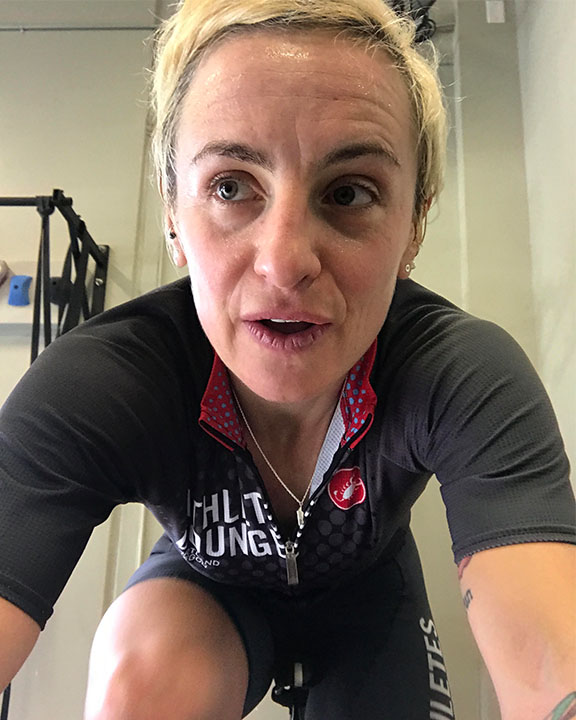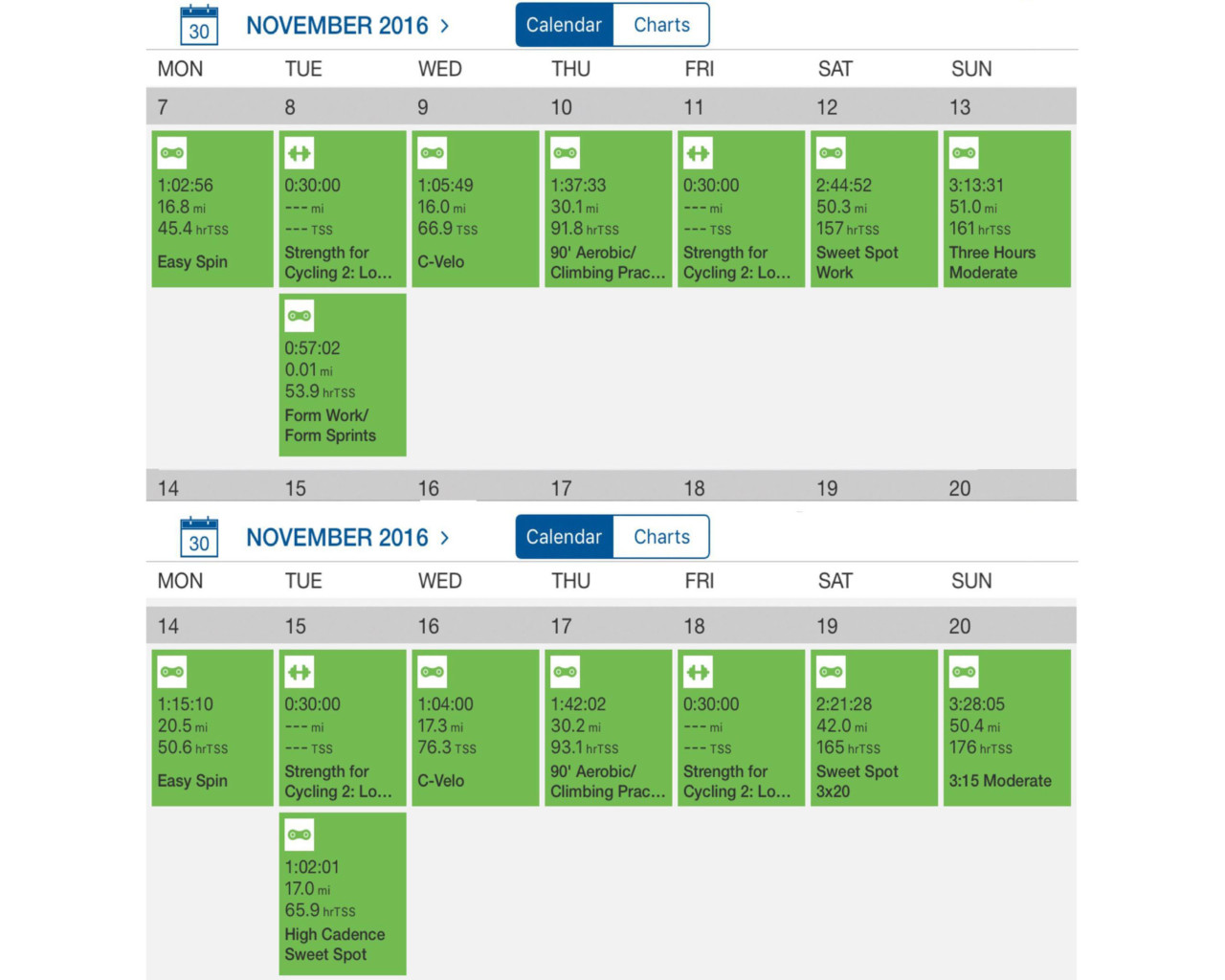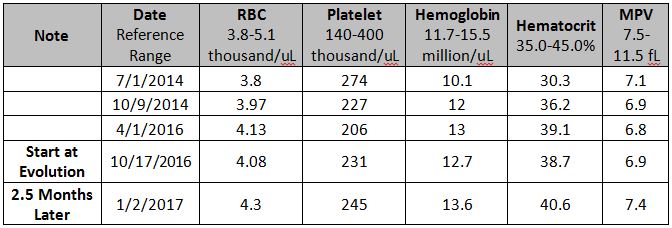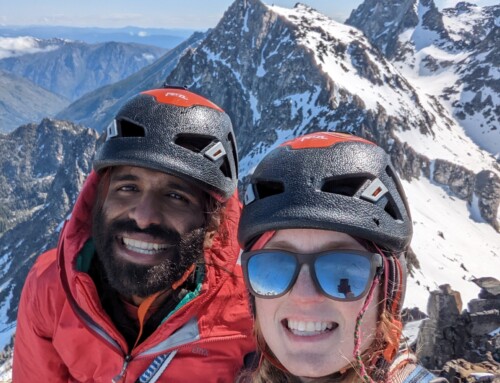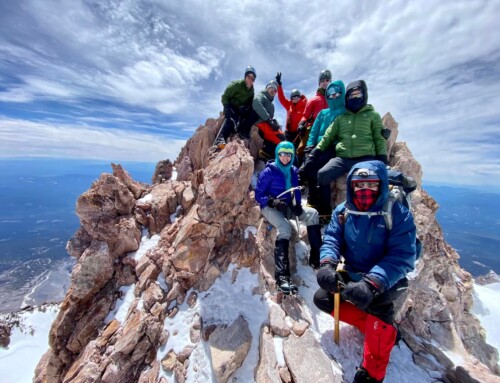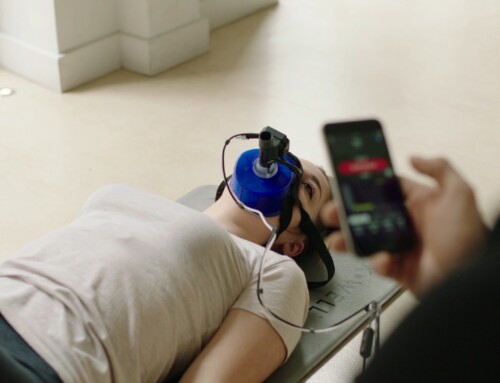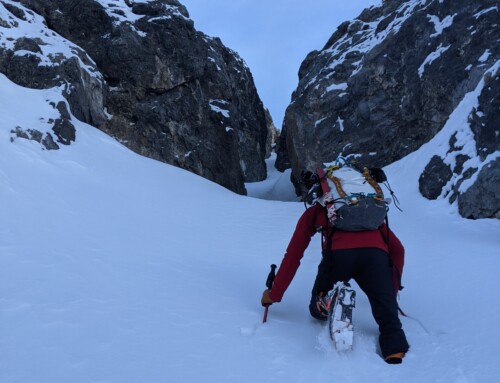I’ve been altitude training-curious for some time, given that my coach, teammates, and other competitive cyclists/triathletes I know use the facilities at Evolution Healthcare & Fitness. Initially I struggled to justify the expense when I already belonged to a gym with a pool and to the gym at my office. I’ve been competing in Olympic distance triathlons since 2013 and road racing since 2014. I spent the first half of 2016 actively road bike racing and doing light triathlon training, shifting in July to a more focused, triathlon-specific training regime to get me prepared for my A race: the ITU World Championship Triathlon in Cozumel Mexico in September. This was to be my last triathlon, so I could turn my focus to road bike racing and cyclocross exclusively. Starting in October, I was free to indulge my altitude training intrigue because I no longer needed the swimming pool. To boot, Evolution sweetened the pot by offering a kind of challenge/gamble: hit the chamber three hours a week for eight weeks and get back $100! This was my kind of incentive/reward combo: challenge accepted!
I had heard some about the reported benefits of the different paradigms for altitude training (live high/train low, live high/train high, and live low/train high). In simplistic terms, stressing the body in a low oxygen environment forces it to function more efficiently from an oxygen delivery perspective, in particular through increased EPO and red blood cell production. Why would a cyclist or any other athlete want that? More red blood cells (the body’s oxygen taxis) mean more oxygen can be carried to the muscles. More oxygen in the muscles means a lot of things, but basically results in being able to run the engine harder, and recover from efforts and races better. So everything you want, right? [Disclaimer: I am not a medical professional, or coach, or professional athlete… just someone who likes to work and research hard (1)].
Training Regimen
Armed with this knowledge, I started my post-A race recovery period/transition to prep for the 2017 road season by working out in Evolution’s altitude training room roughly three hours a week for a 2.5-month period (36 hours total during the trial, which we extended by two weeks in order to schedule blood work with one of their Naturopathic Doctors). I started by doing recovery rides on a bike trainer or 30-45 minute strength training sessions. Once my acute training load (ATL) had dropped to a reasonable level my coach (Chris Bagg) started adding in more dynamic, structured rides that focused on variable cadence, one-legged drills, or similar efforts at about 60-70% of Function Threshold Power (FTP). I did some of these rides that varied between one and two hours in the altitude training room. There was one occasion where I attempted a sweet spot (88-93% of FTP) ride at altitude and really struggled to meet the targets (not something I like to have happen), so I left those higher intensity workouts for my trainer at home or outside rides. Once December started, my coach started integrating Vo2max workouts into my schedule… those were NOT done in the altitude training room!
My strength training went through phases as well, using weights for a low rep/high weight sequence and then a plyometric sequence. The elevation in which I would workout varied between 10,000 and 14,000 ft. In addition to my work at Evolution, I would go on rides outside or on my trainer, compete in some cyclocross races here and there, and do hot yoga once a week. Here’s a typical sampling of my training schedule from mid-November:
Blood Work
When I started my trial, I had blood work conducted by one of the Evolution Naturopaths, Dr. Kai Herman. I also followed-up at the end of the trial, to see what sort of benefit the altitude training room was providing from a more scientific perspective. The data nerd in me could not resist! I have been tracking my blood work since being diagnosed with Hashimoto’s thyroiditis (hypothyroidism) and iron deficiency/mild anemia in 2014 (a Ferritin level of 4 ug/dL and red blood cell count/Hemoglobin/Hematocrit all at the low end of normal or below normal were a big red flag). I have worked extensively with naturopaths to improve my digestion and nutrient absorption, and reduce inflammation and stress levels to help my body work better and perform at high level through a balance of better eating and supplemental enzymes and vitamins. At this point, I take Stress B-complex, Adaptocrine, Solar D Gems, Iron Glycinate plus co-factors, HMF intensive probiotics, and a combination of 75 mcg of T4 and 5 mcg of T3 once a day… and did so consistently throughout my Evolution trial period.
This table shows the incredible data from the trial period and several years of past history of CBC counts.
Again, the data nerd in me squeals when I see this sort of progression. My red blood cell count increasing 5.4% over the trial period stands out the most. I suspect that my red blood cell count, Hemoglobin, and Hematocrit levels in October might have been a bit depressed after the big training block leading up to my race in Mexico, so there may have been a bit of a hole there to fill. Putting that aside, these results are very encouraging especially in light of my history with iron deficiency.
More than Just Numbers
That is what the numbers say. The other part of the equation is how I am feeling in general and when I am training. I have started my slow fitness rebuild and am feeling strong! I was sick with the crud that was going around for a few weeks starting at the end of November. Rebound happened pretty quickly, but I did have to take a lighter training load to help my recovery. My energy is back and I am feeling spry. There are any number of factors that could be contributing to how I am feeling in general and when training, such as: less logistical stress due to reducing my sports by 2/3; my bike fit getting dialed in; starting PT to balance my hip strength; my coach’s disciplined approach to ramping me down and then slowly ramping me back up; or even indulging in a few more cookies than I allowed myself leading up to the big race. But what I cannot argue with is the bottom line. I feel strong and for it being only the beginning of February, that is a really good way to feel. I also can’t argue with what the data says.
What does all this mean to you? Well, that’s for you to decide. Everyone’s experience with altitude training will be different both from a results perspective and with how you feel training at altitude. All bodies take to elevation differently. Altitude training is certainly worth trying; when added to the other incremental adjustments one could make, the potential for big results is worth it. Stephen Dubner, of Freakonomics fame, thinks of this as the concept of incrementalism. It came up in a Freakonomics podcast I listened to biking at Evolution (2). Check it out!
Big thanks to the wonderful crew at Evolution for giving me this opportunity and for just being awesomely welcoming and accomodating. And to my coach, Chris Bagg, who is the best darn therapist/cheerleader/taskmaster/strategist/sounding board/proofreader/friend I could ever ask for.
References:
- See the Evolution webpage for additional information on the benefits of altitude training: https://www.evolutionhealthcareandfitness.com/altitude-room/. Also referenced in preparing this blog were the following articles: https://cyclingtips.com/2013/03/explaining-the-science-of-altitude-training/ and http://www.livescience.com/32750-why-do-athletes-train-at-high-altitudes.html.
- http://freakonomics.com/podcast/in-praise-of-incrementalism/

